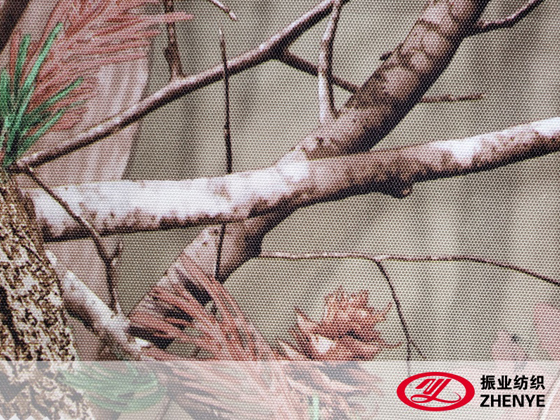Polyester, a synthetic polymer primarily derived from petroleum, has become one of the prevalent textiles globally. Its molecular structure, characterized by long-chain synthetic polymers, imparts specific physical properties that make it suitable for a diverse range of applications. The material's utility stems from its durability, resistance to wrinkling and shrinkage, and its adaptable nature, which allows it to be engineered into various forms, from fine filaments to bulky staples. The main uses of polyester fabric can be categorized by the functional demands of different sectors, which leverage these inherent characteristics to meet specific needs.

Part 1: Apparel and Fashion Industry
The clothing industry is a primary consumer of polyester, where it is used in both pure form and as a blend with natural fibers to enhance performance and affordability.
1.1. Everyday and Performance Wear
Polyester is widely used in everyday garments such as shirts, trousers, skirts, and dresses. Its high tensile strength contributes to the durability of these items, allowing them to withstand repeated wear and washing. Furthermore, its low moisture absorbency makes it quick-drying, a property that is leveraged in performance and activewear. Sportswear, including athletic jerseys, running shorts, and cycling kits, often uses specially engineered polyester fabrics that wick moisture away from the skin, keeping the wearer comparatively drier during physical activity.
1.2. Blends with Other Fibers
A significant use of polyester is in blended fabrics, notably with cotton. Poly-cotton blends merge the soft, breathable feel of cotton with the strength, wrinkle resistance, and shape retention of polyester. This results in a fabric that is easier to care for, more durable, and often less expensive than cotton, making it a standard choice for uniforms, work clothes, and everyday bed linens.
1.3. Outerwear and Insulation
The synthetic loft of polyester makes it an effective insulating material. In jackets and coats, polyester fiberfill is used as a bulk insulation, trapping air to provide warmth. This application is common in everything from lightweight autumn jackets to heavy winter parkas. Its hydrophobic nature means it retains insulating properties even when damp, an advantage over some natural insulators.
Part 2: Home Furnishings and Interior Applications
The functional properties of polyester have led to its extensive adoption in products for home and commercial interiors, where durability and maintenance are practical concerns.
2.1. Upholstery and Furniture Coverings
The abrasion resistance and strength of polyester make it a suitable material for furniture upholstery. It is used extensively on sofas, armchairs, and office furniture. When blended with other fibers like nylon or olefin, it can achieve even higher durability ratings, making it appropriate for high-traffic commercial settings such as hotels and offices. Its resistance to fading from sunlight is also a noted benefit.
2.2. Curtains and Draperies
Polyester is a dominant fiber in the production of curtains and draperies. It can be woven or knitted into a wide range of weights and textures, from sheer voiles to heavy, opaque drapes. The fabric holds dyes well, allowing for vibrant colors, and it generally resists creasing, which helps draperies maintain their appearance over time.
2.3. Bedding and Cushioning
Beyond blend sheets, polyester is the primary fiber used in filling for pillows, comforters, and mattress pads. Its ability to be produced in hollow or silicone-coated forms enhances its loft and resilience, providing support and warmth. Additionally, non-woven polyester fabrics are often used as backing for quilts and mattress covers.
Part 3: Industrial and Technical Textiles
Beyond consumer goods, polyester's chemical and physical properties make it applicable in various industrial contexts where technical performance is required.
3.1. Conveyor Belts and Reinforcements
High-tenacity polyester yarns are used as the reinforcement core in conveyor belts and hoses. Their strength and low elongation under stress provide the necessary dimensional stability to these products, enabling them to transport heavy materials over long distances without stretching or breaking.
3.2. Coated and Laminated Fabrics
Polyester fabric serves as a stable substrate for coatings and laminations. When coated with polyvinyl chloride (PVC) or polyurethane (PU), it becomes a material used for tarpaulins, awnings, truck covers, and inflatable structures. The polyester base provides tear strength, while the coating renders the fabric waterproof and resistant to environmental degradation.
3.3. Geotextiles
In civil engineering, non-woven polyester fabrics are used as geotextiles. These materials are laid in soil for separation, filtration, drainage, and reinforcement. For example, they are used under roadbeds to prevent the mixing of subsoil with gravel, and in erosion control to stabilize embankments. Their permeability and rot resistance are key attributes for these applications.


 EN
EN
 English
English Español
Español 中文
中文

.jpg)
.jpg)
-1.jpg)
-1.jpg)

